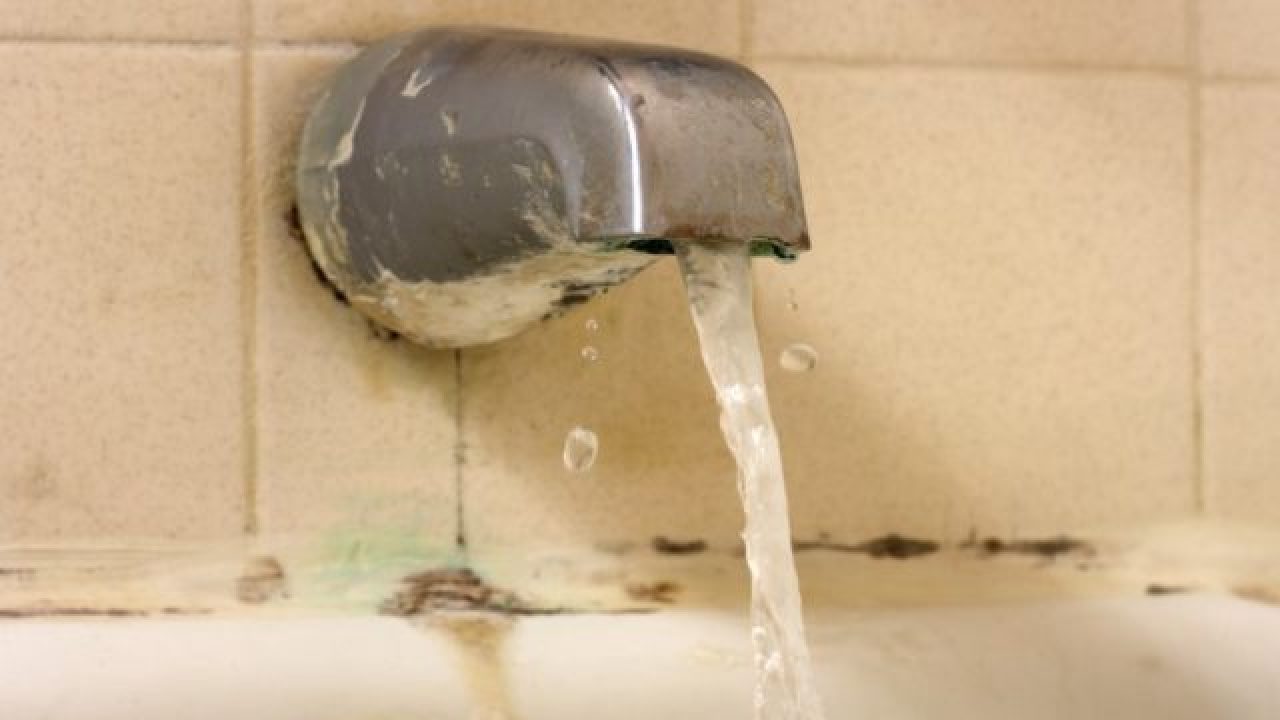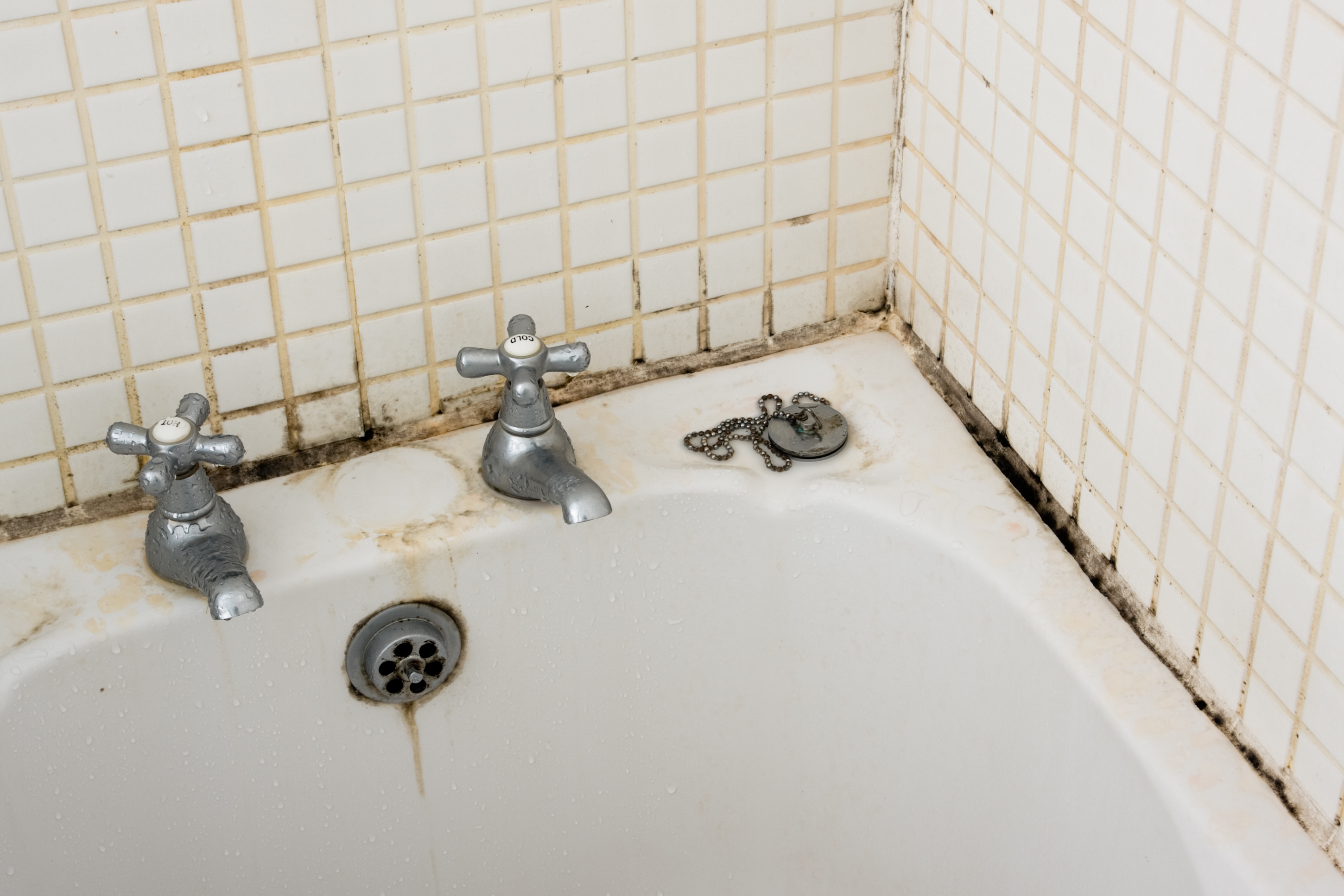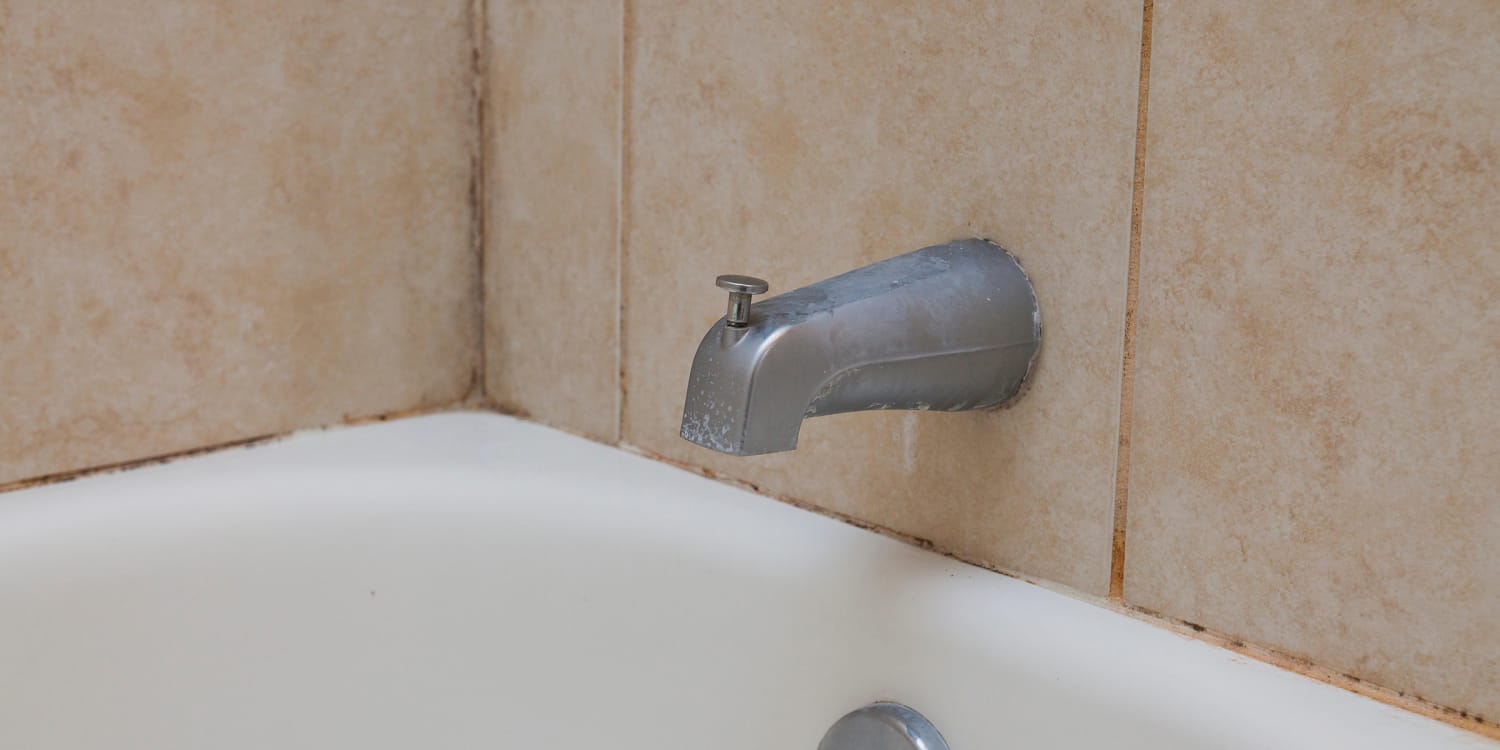Health Risks and Symptoms Associated with Black Mold in Bathroom Sinks

Exposure to black mold in bathroom sinks can pose potential health risks, particularly for individuals with underlying respiratory conditions or weakened immune systems.
In the depths of a bathroom sink, where moisture lingers and shadows dance, a sinister presence lurks. Black mold, its insidious tendrils creeping through the porcelain, threatens the health of those who dare to use it. But there is hope amidst the darkness, a beacon of cleanliness and style.
The oakley bathroom sink backpack offers a practical solution, its sleek design and durable materials ensuring a pristine sink free from the clutches of mold.
Common symptoms associated with black mold exposure include respiratory issues such as coughing, wheezing, shortness of breath, and nasal congestion. Other symptoms may include skin irritation, eye irritation, headaches, and fatigue.
Black mold in bathroom sinks can be a stubborn problem. But with the right tools, you can get rid of it for good. One of the best ways to clean a bathroom sink is to use a bathroom sink faucet with pull out sprayer.
This type of faucet gives you more control over the water flow, so you can easily rinse away any mold or mildew. Plus, the pull-out sprayer makes it easy to clean hard-to-reach areas.
Prevention and Mitigation
To prevent and mitigate health risks related to black mold in bathroom sinks, it is crucial to:
- Maintain proper ventilation in the bathroom to prevent moisture buildup.
- Clean and disinfect bathroom surfaces regularly, including the sink and surrounding areas.
- Use mold-resistant paints and sealants in areas prone to moisture.
- Address any leaks or water damage promptly to prevent mold growth.
- Consider using a dehumidifier to reduce moisture levels in the bathroom.
Causes and Prevention of Black Mold Growth in Bathroom Sinks: Black Mold In Bathroom Sink

Black mold growth in bathroom sinks is a common problem that can be unsightly and pose health risks. Understanding the causes of black mold growth and implementing preventive measures can help you keep your bathroom clean and mold-free.
Common Causes of Black Mold Growth in Bathroom Sinks
- Excess Moisture: Bathroom sinks are prone to moisture buildup from splashing water, condensation, and leaks. This moisture provides an ideal environment for mold growth.
- Poor Ventilation: Inadequate ventilation can trap moisture in the bathroom, creating a humid environment that promotes mold growth.
- Organic Matter: Soap scum, hair, and other organic matter can accumulate in bathroom sinks, providing nutrients for mold to thrive.
- Leaking Faucets or Pipes: Leaks can create a constant source of moisture, leading to mold growth.
- Lack of Regular Cleaning: Neglecting to clean bathroom sinks regularly allows mold spores to accumulate and grow.
Importance of Maintaining Proper Ventilation and Moisture Control, Black mold in bathroom sink
Maintaining proper ventilation and moisture control is crucial for preventing mold growth in bathroom sinks. Ventilation helps remove excess moisture from the air, while moisture control measures prevent moisture buildup in the first place.
Practical Tips for Preventing Black Mold Growth in Bathroom Sinks
- Install an Exhaust Fan: An exhaust fan helps remove moisture from the bathroom by circulating air.
- Open Windows or Doors: When possible, open windows or doors to allow fresh air to circulate.
- Wipe Down Sinks Regularly: Wipe down bathroom sinks with a clean cloth or sponge after each use to remove excess moisture and prevent soap scum buildup.
- Clean Drains Regularly: Clogged drains can cause water to pool in the sink, creating a breeding ground for mold. Regularly clean drains with a drain cleaner or baking soda and vinegar.
- Fix Leaks Promptly: Address any leaks in faucets or pipes promptly to prevent moisture buildup.
- Use Mold-Resistant Products: Consider using mold-resistant caulk and grout around bathroom sinks to prevent mold growth.
Effective Methods for Removing Black Mold from Bathroom Sinks

Black mold in bathroom sinks is a common problem that can be unsightly and potentially hazardous to health. Fortunately, there are several effective methods for removing black mold from bathroom sinks.
Before beginning the cleaning process, it is important to take precautions to protect yourself from exposure to mold spores. Wear gloves, a mask, and eye protection.
Using Bleach
Bleach is a powerful disinfectant that can effectively kill black mold. To use bleach to clean a moldy bathroom sink, follow these steps:
- Mix one part bleach to four parts water in a spray bottle.
- Spray the bleach solution onto the moldy areas and allow it to sit for 10-15 minutes.
- Scrub the moldy areas with a brush or sponge.
- Rinse the sink thoroughly with water.
Caution: Never mix bleach with other cleaning products, as this can create toxic fumes.
Using Vinegar
Vinegar is a natural disinfectant that can also be used to kill black mold. To use vinegar to clean a moldy bathroom sink, follow these steps:
- Pour undiluted vinegar into a spray bottle.
- Spray the vinegar onto the moldy areas and allow it to sit for 30 minutes.
- Scrub the moldy areas with a brush or sponge.
- Rinse the sink thoroughly with water.
Using Baking Soda
Baking soda is a mild abrasive that can be used to remove black mold from bathroom sinks. To use baking soda to clean a moldy bathroom sink, follow these steps:
- Make a paste by mixing baking soda with water.
- Apply the paste to the moldy areas and allow it to sit for 30 minutes.
- Scrub the moldy areas with a brush or sponge.
- Rinse the sink thoroughly with water.
Disposal of Mold-Contaminated Materials
Once you have removed the black mold from your bathroom sink, it is important to properly dispose of the mold-contaminated materials. To do this, follow these steps:
- Place the mold-contaminated materials in a sealed plastic bag.
- Dispose of the bag in the trash.
- Wash your hands thoroughly with soap and water.